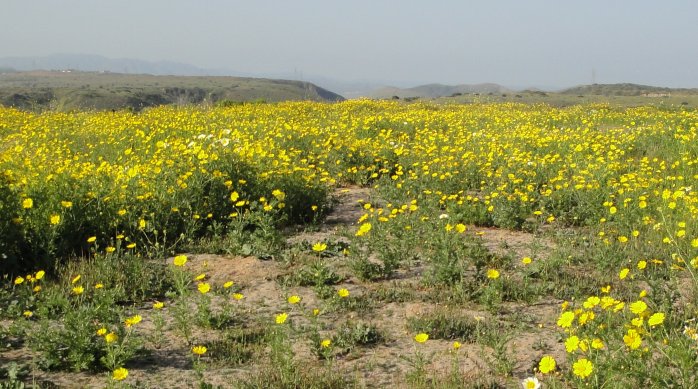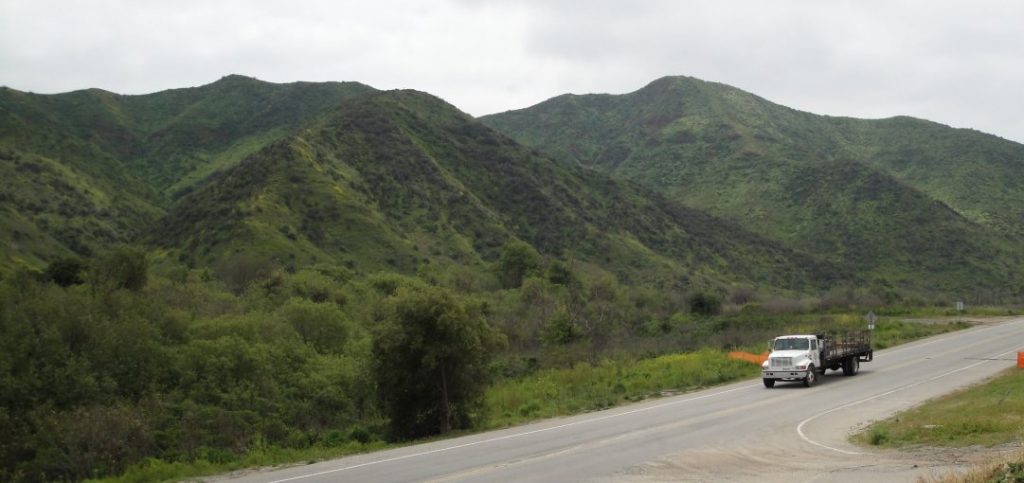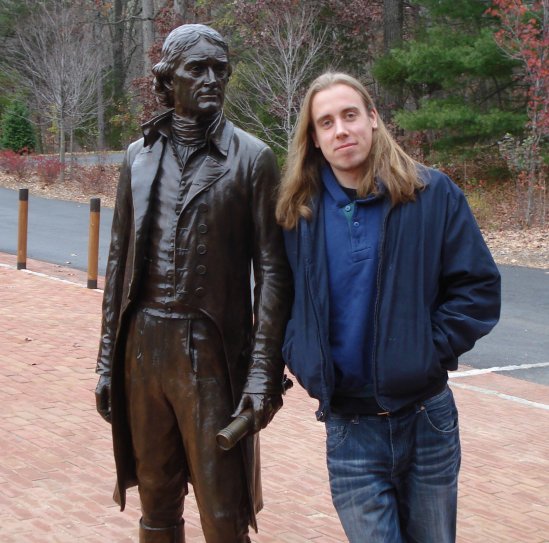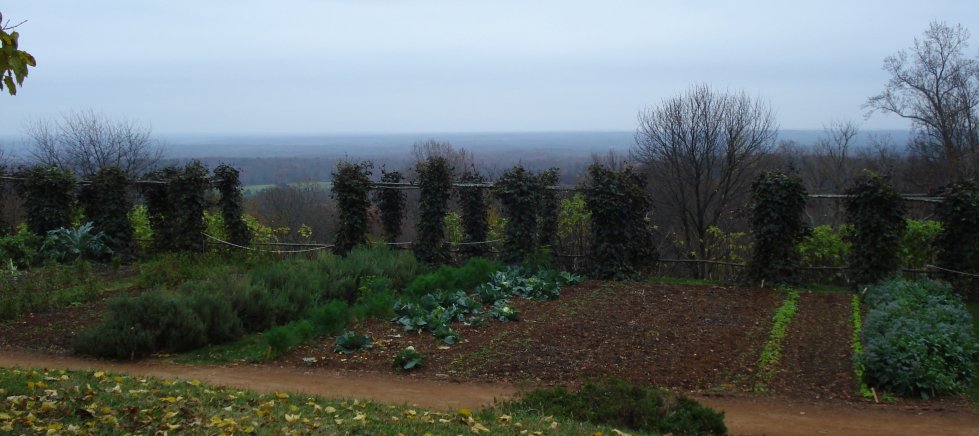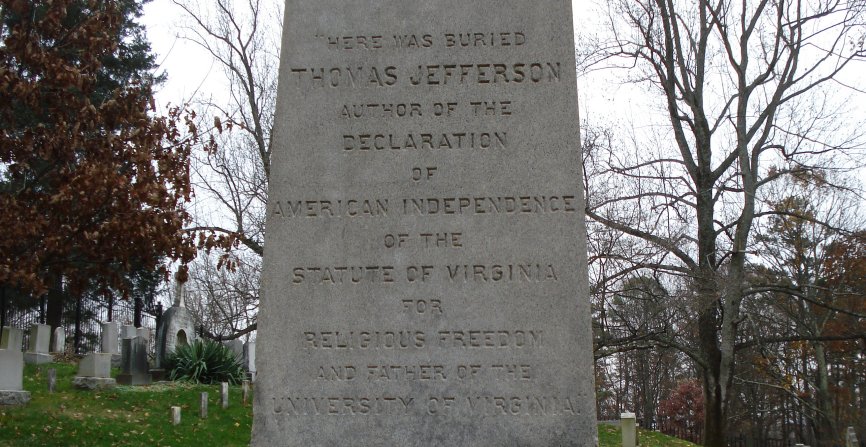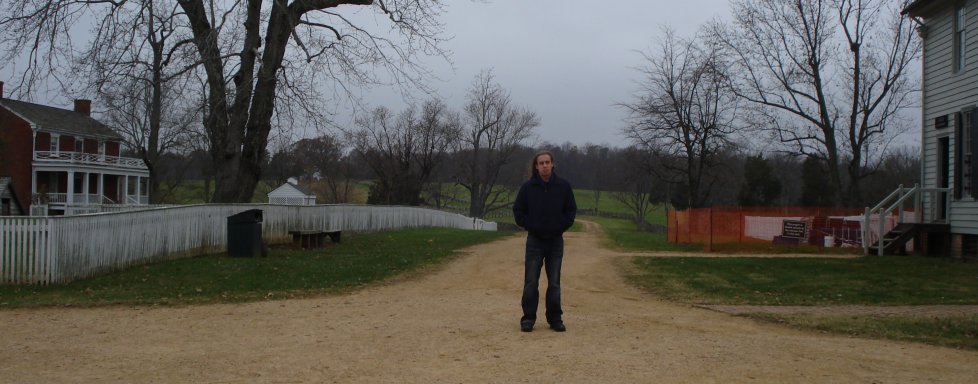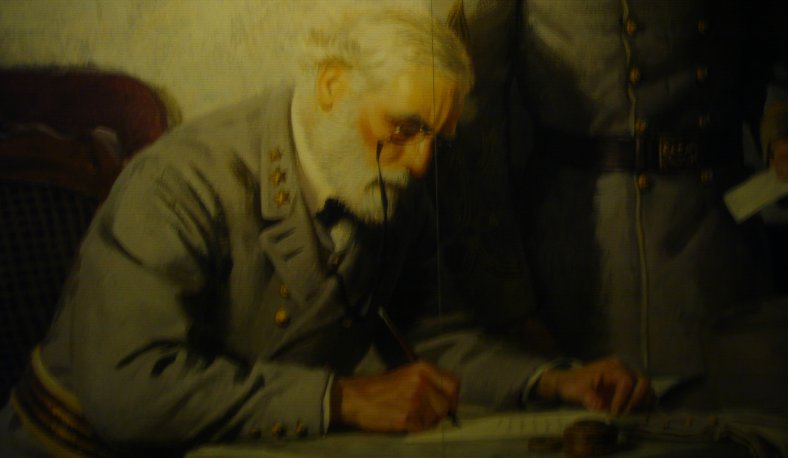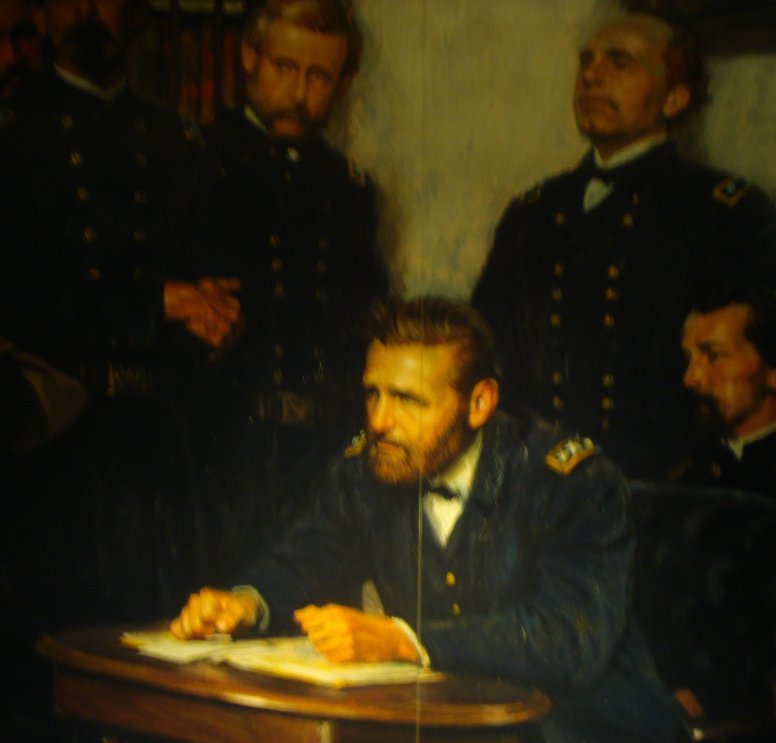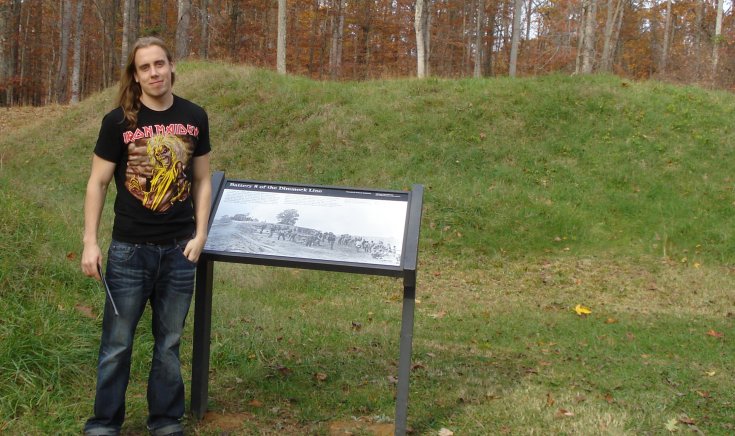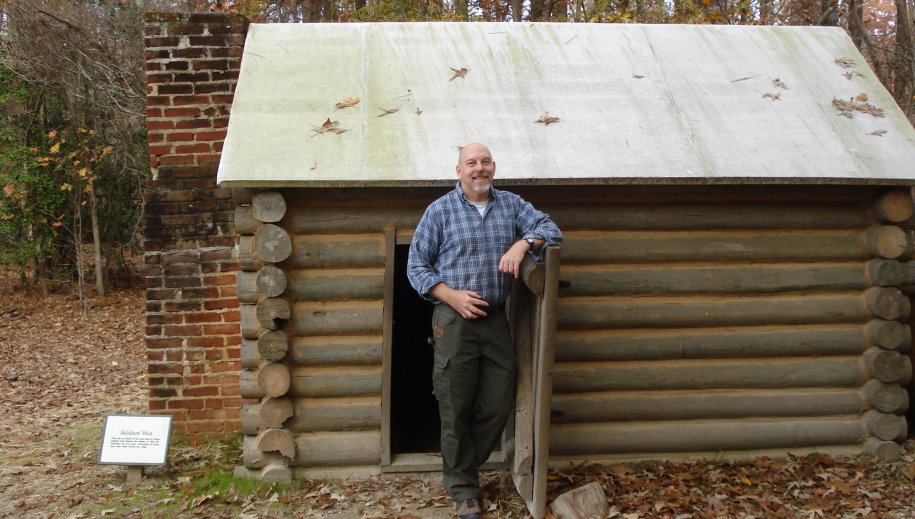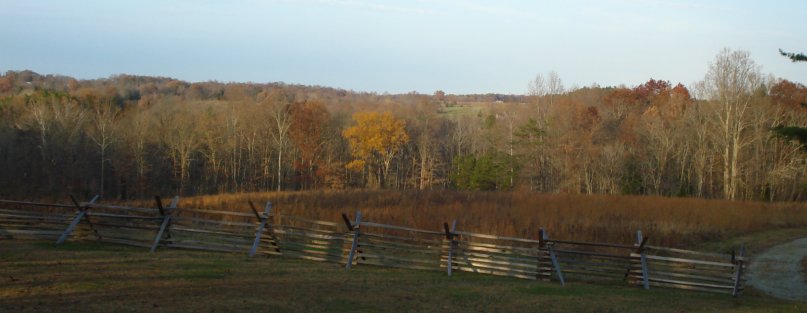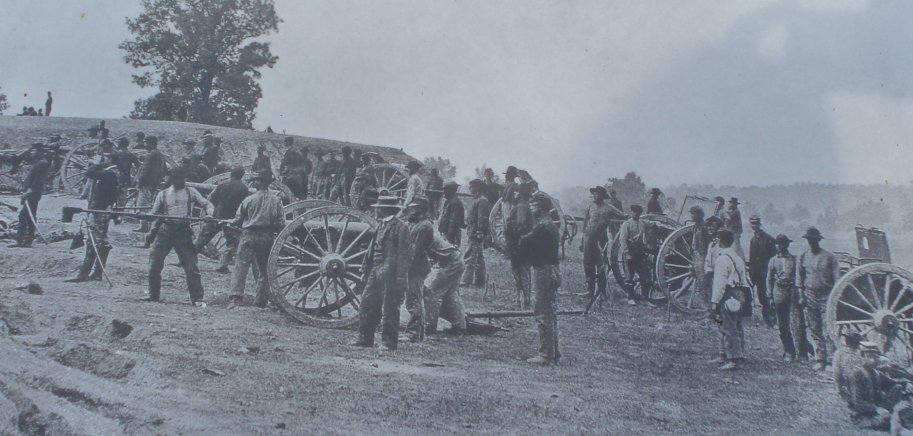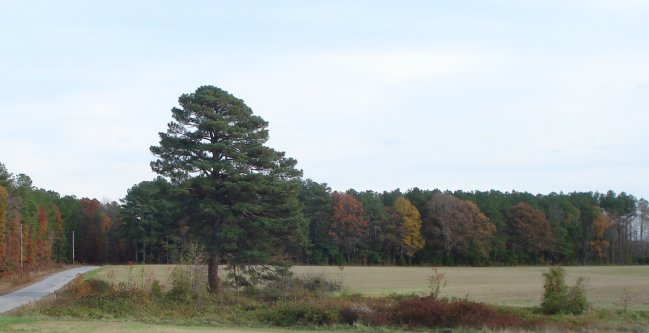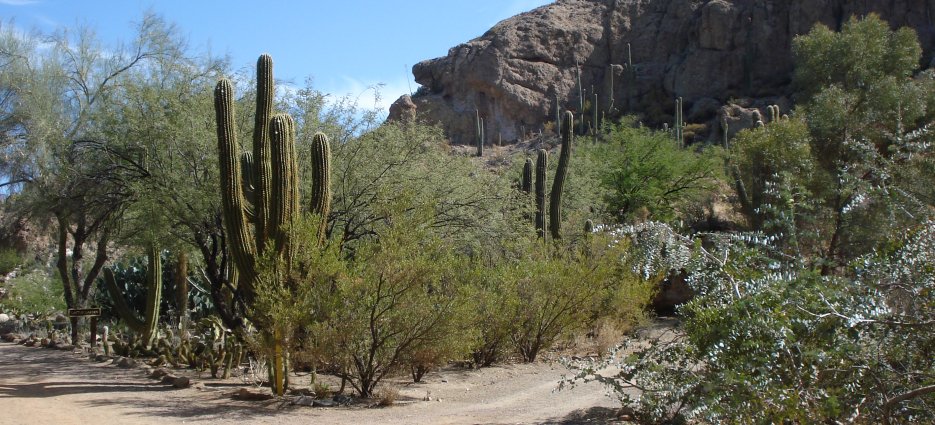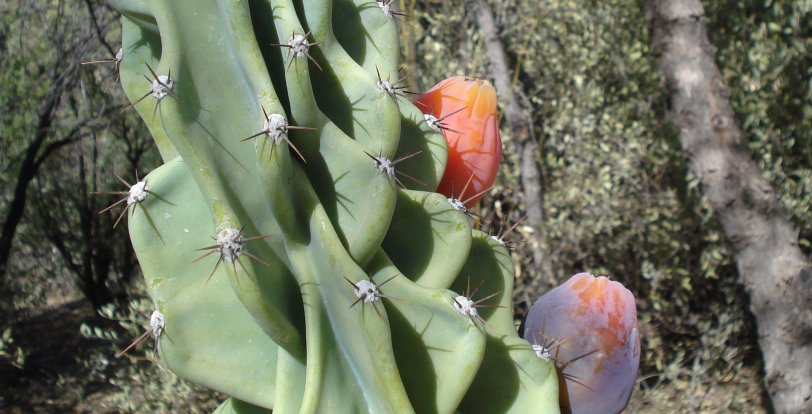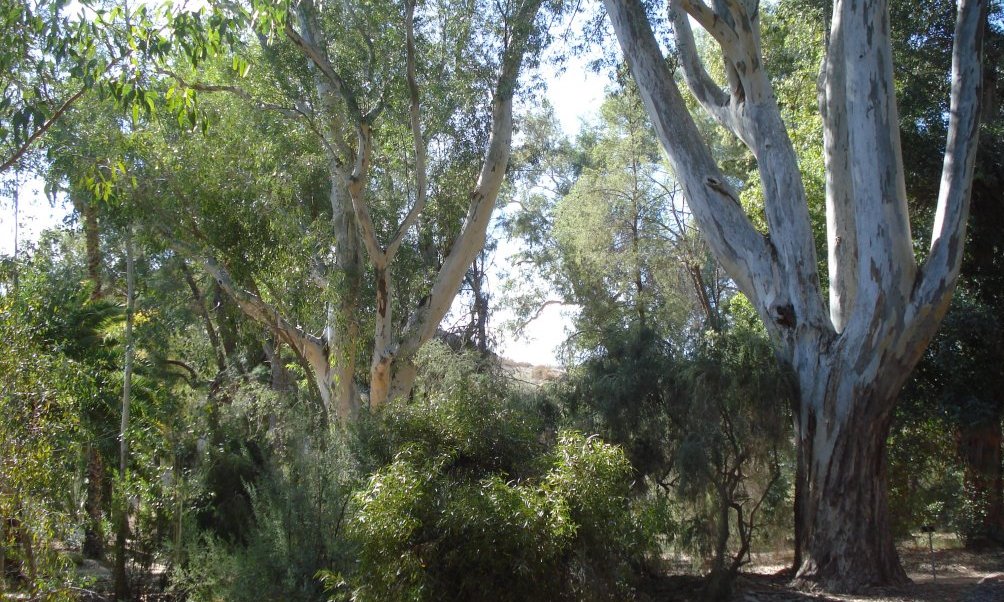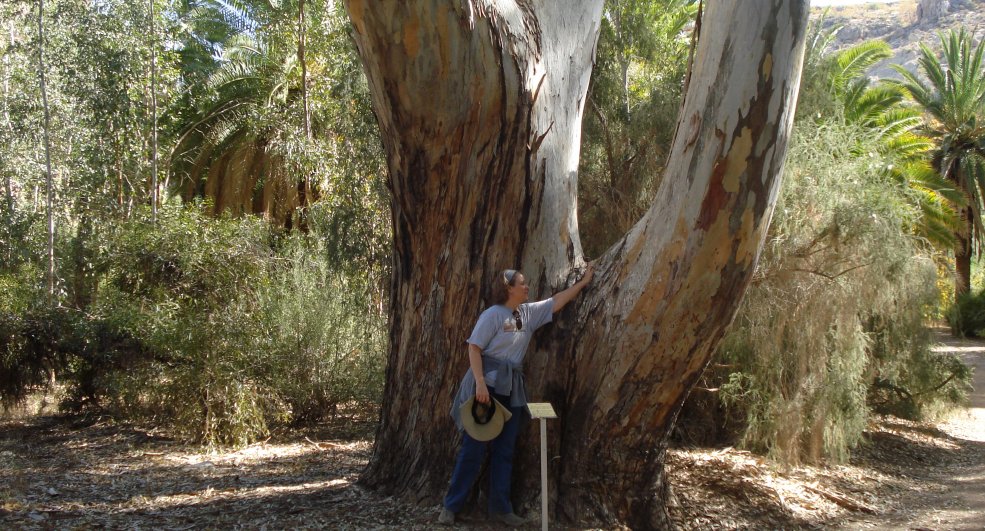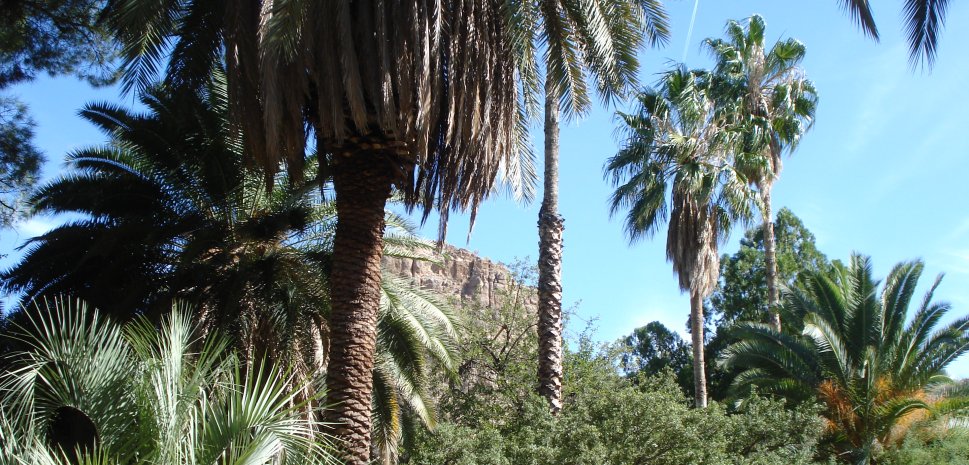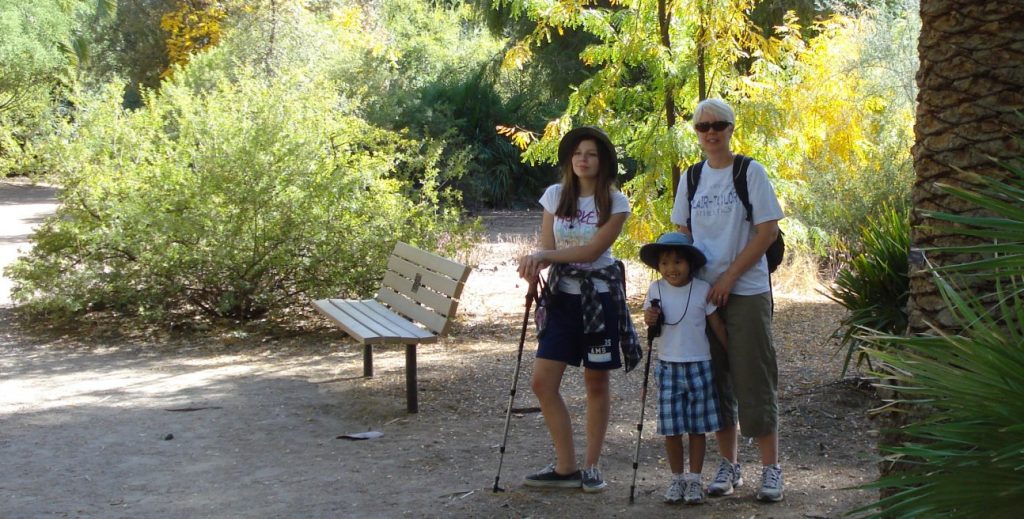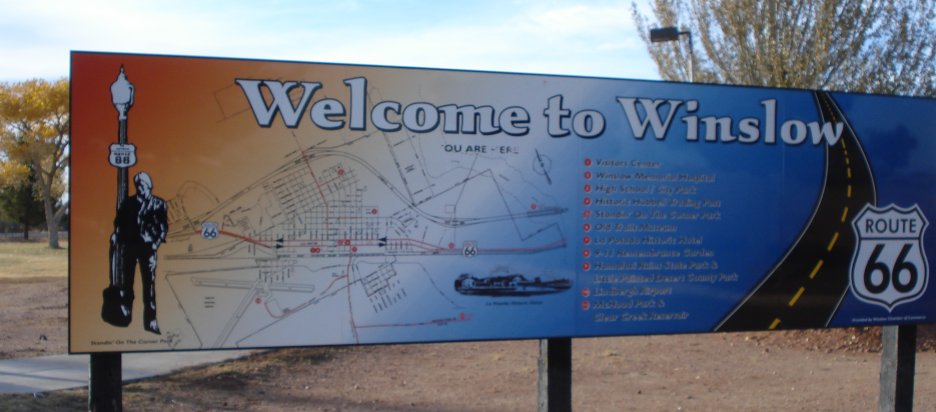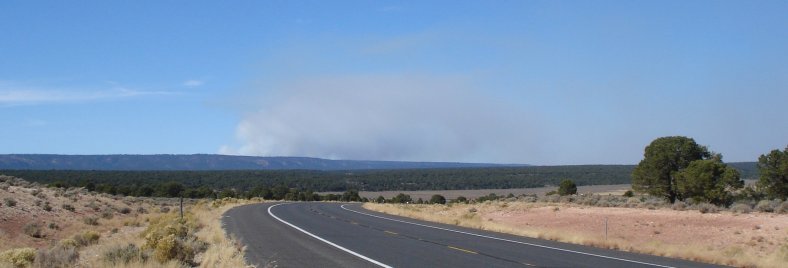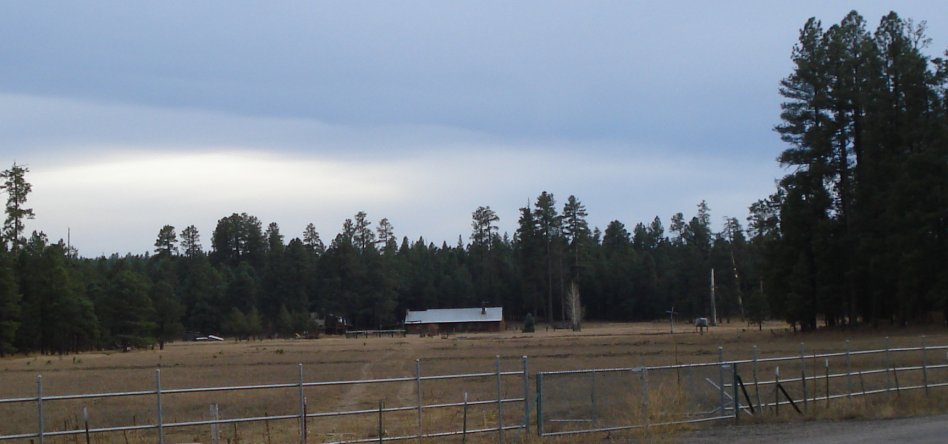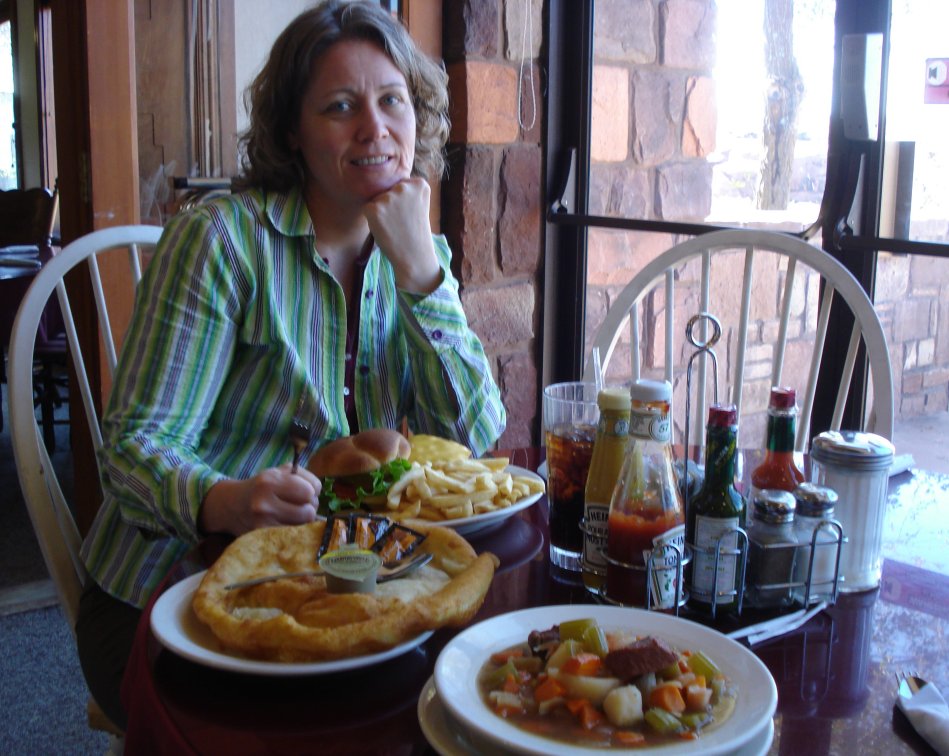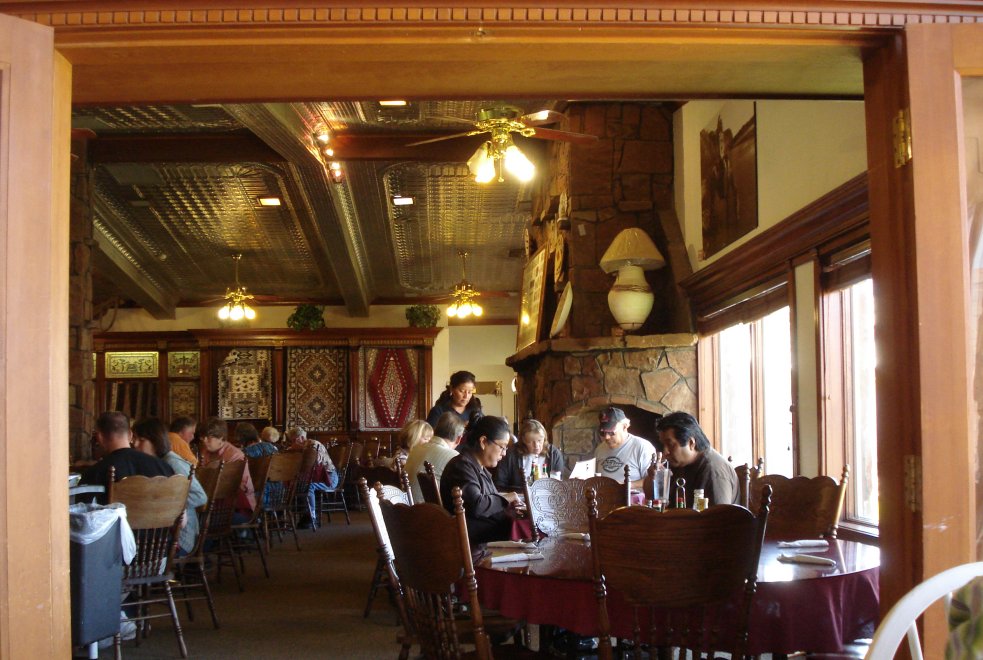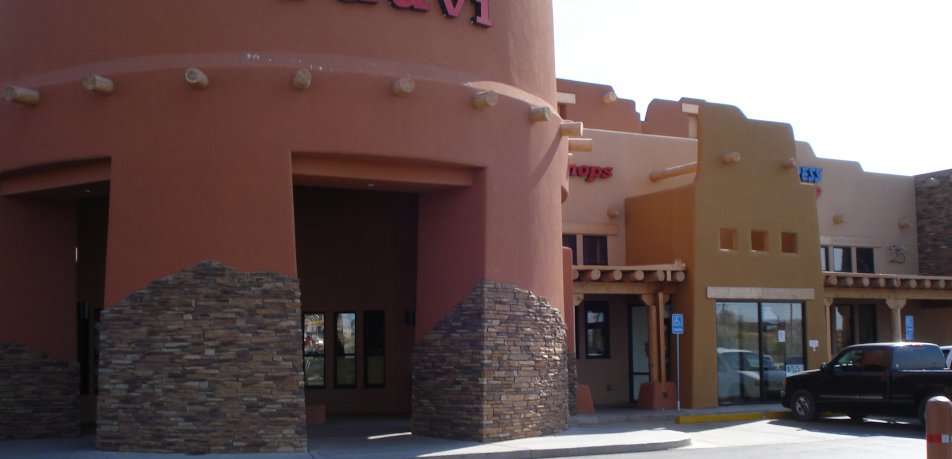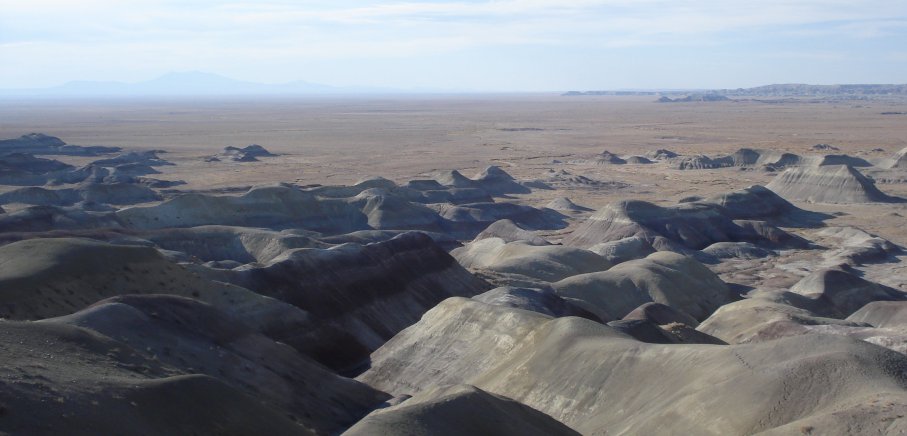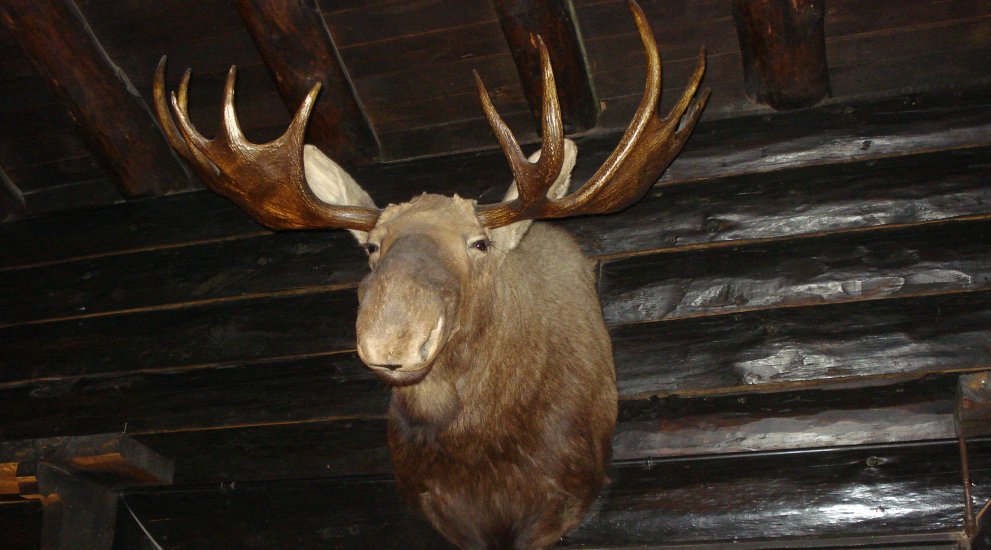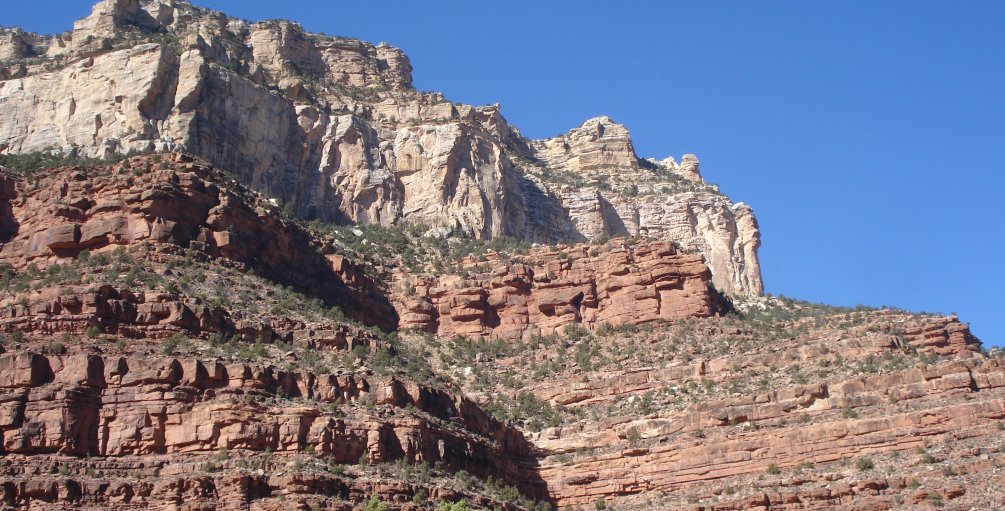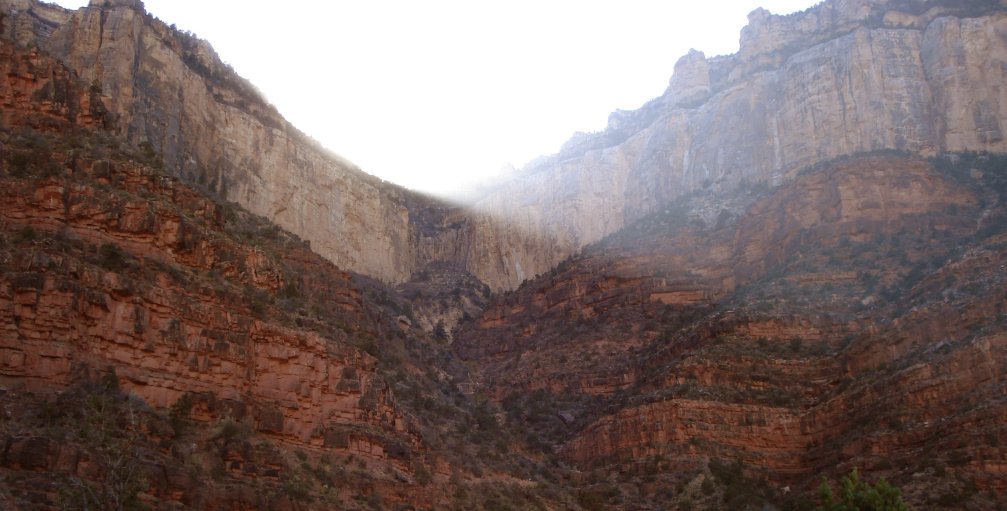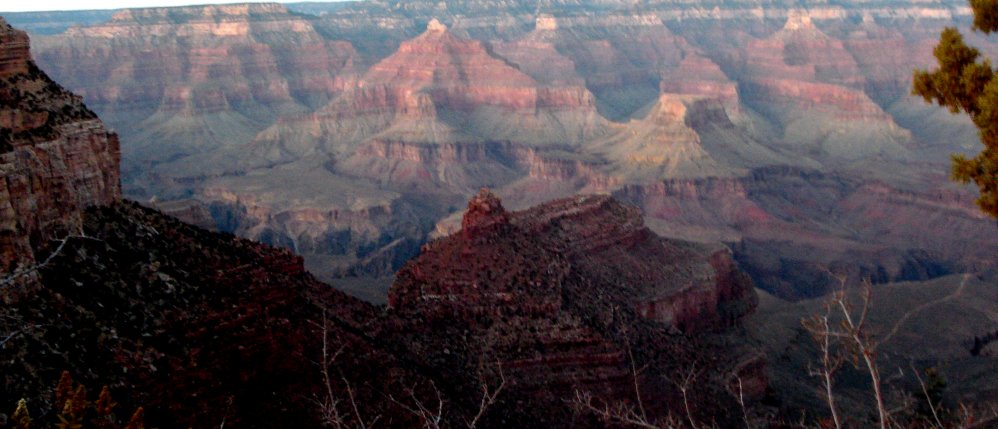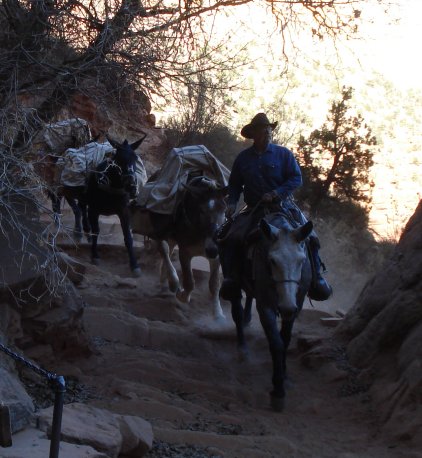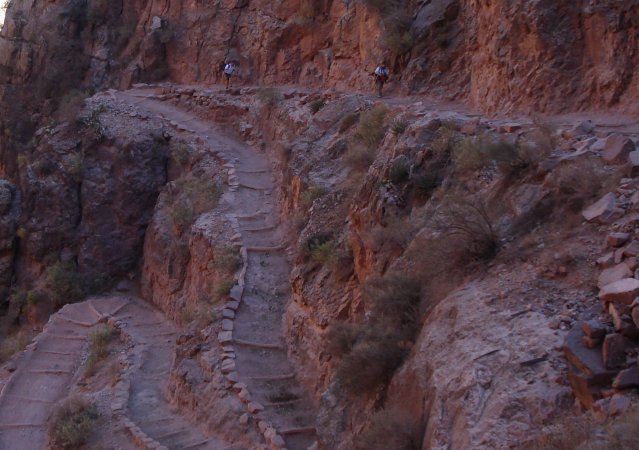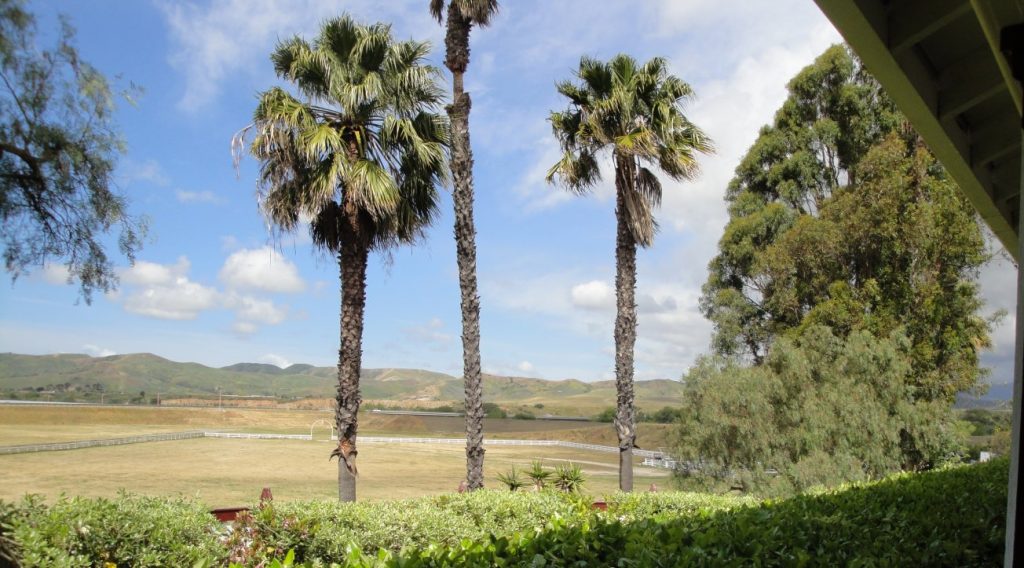
The Spanish settled southern California with a network of missions and ranches. These ranches were self sufficient economic and political entities and were very large, the size of a county, with a wide variety of possibilities. Cattle and other livestock raising was the biggest activity, but the ranches were also industrial producers at least on a small scale. Above is the view from the rancho veranda and below show the thick adobe walls that keep temperatures constant.
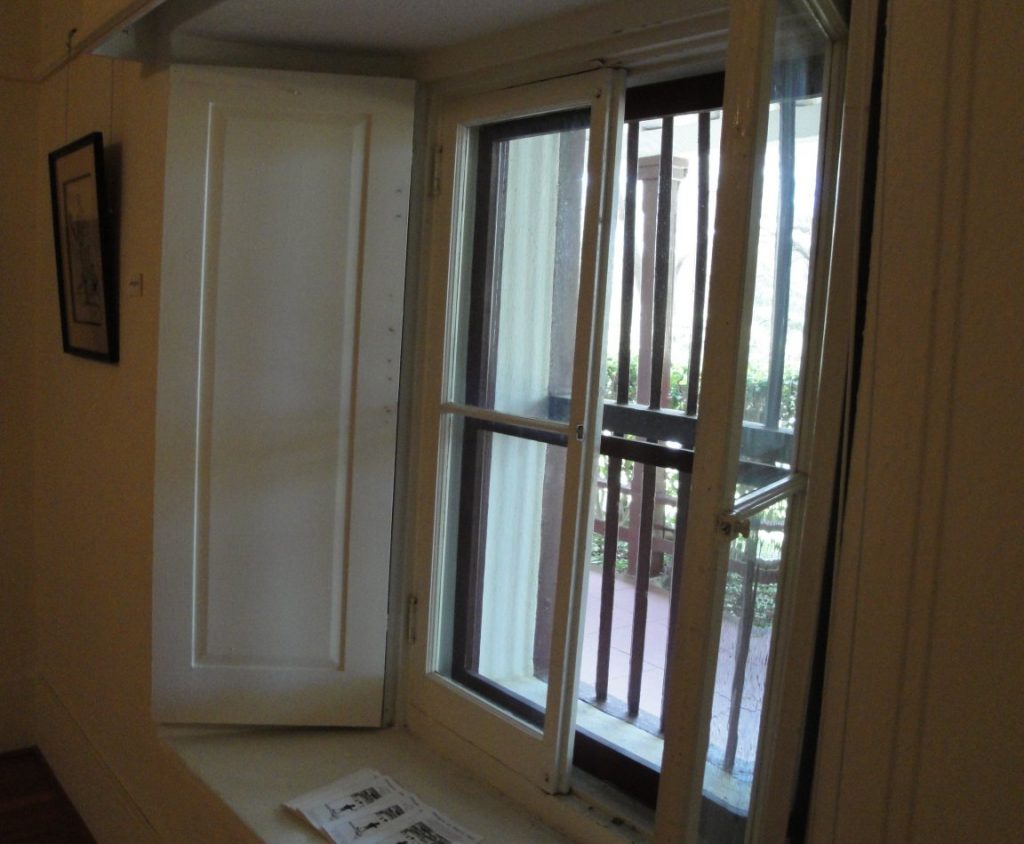
The model of the rancho was the Roman latifundia. Like the rancho, the latifundia was set up as a type of colonization entity designed pacify the colonial area, produce valuable economic results and give the rich and powerful but restive individuals something to do far away from the capital. Spain was colonized in this way by the Romans and it made Spain one of the most important centers of Roman culture, in many ways more thoroughly imperial Roman than Italy itself. It is no surprise if the Spanish employed the system in their own colonies, even if not directly copying the system. It was in their cultural DNA. Besides, it fit well with their imperial needs and was well suited to the Mediterranean type environment found in California.
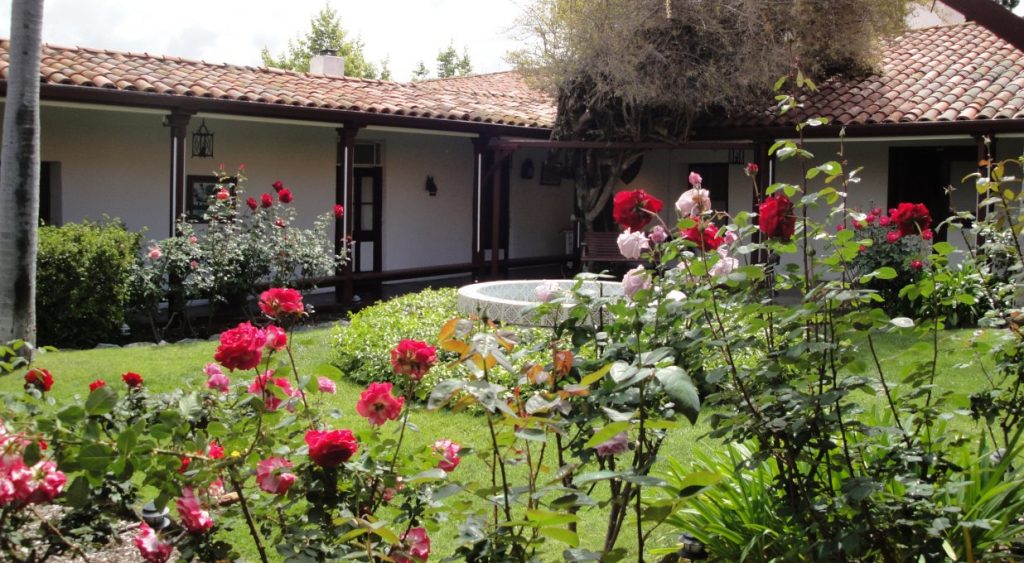
The ranch house immediately reminds you of a Roman villa. It spreads out over a large area with veranda and a beautiful open garden area in the middle. It must have been a really great way of life … at least for the ranch owners.* Large latifundia type setups in Latin America are sometimes blamed for the class structures and challenges of democracy there.
As in all empires, there was the element of oppression. The workers were not entirely volunteers. This would include the indentured Iberian colonists and more directly the native Indians, who provided much of the labor as long as they lasted. Native Californians were not technologically advanced and they were not numerous. California just did not support the kind of advanced societies found in Mexico and parts of the Southwest.
Southern California is an interesting natural environment. It is fantastically rich, but only when developed by human technologies. In its natural state, California provides neither the challenge nor the payoff that historians like Arnold Toynbee credits with stimulating civilization. In other words, it was fairly easy to survive at a low, generally nomadic, level of technical sophistication. But moving beyond that was difficult, requiring technologies that were a couple leaps too far to make it from low level to higher one. As the saying goes, you can’t jump a chasm in two hops.
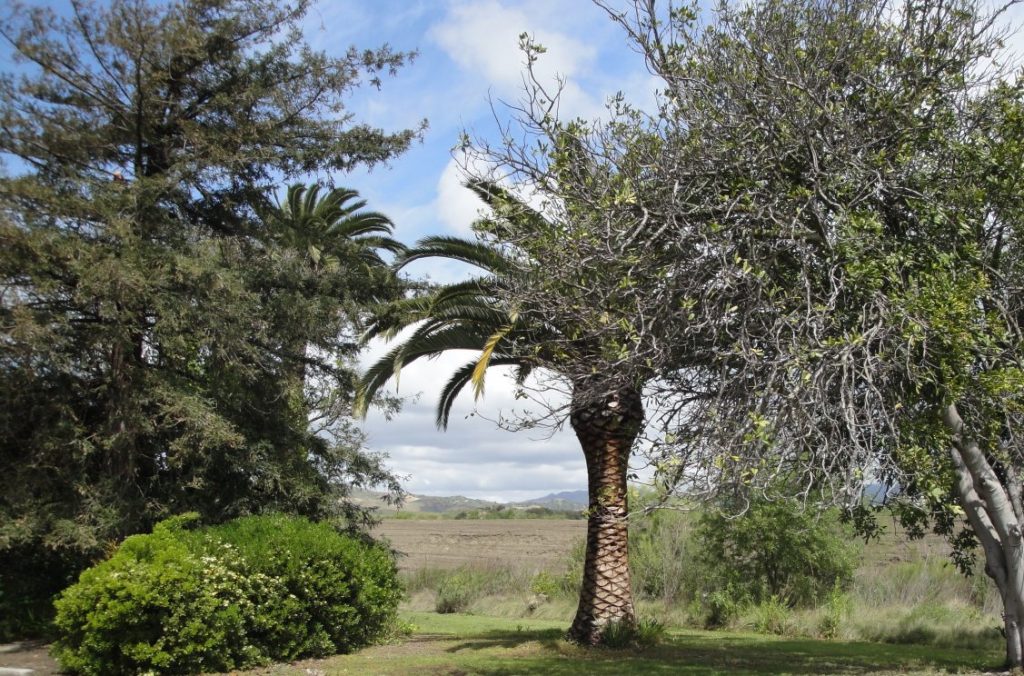
The modern Southern California “natural environment” is largely a human creation, from the non-native crops and trees to the vast aqueduct system that brings water from many miles away. You can see the finely shaped, non-native date palm above as just one example. It goes down to the bug level. Many of California’s most productive crops require pollination by honeybees imported from Europe or Asia. Left on its own, the place is really a semi-desert.
I will keep the rancho and the latifundia in mind when I go to Brazil. Brazil had a similar system of colonization and Portugal shared Spain’s Iberian-Roman heritage. In Brazil they were called fazenda, in much of the rest of Spanish America the system was known as hacienda.
—- –
* This ranch paradigm in the Spanish colonial version is not like what we saw on the old Westerns. This is not the Ponderosa or even the Big Valley (which is in the California setting). If you watch the Cartwrights or the Barkleys, you see that the sons do almost all the work. It would be amazing is a couple or three young guys could run something as big and complex as the ranch and still have so much time left over for all sorts of adventures.

